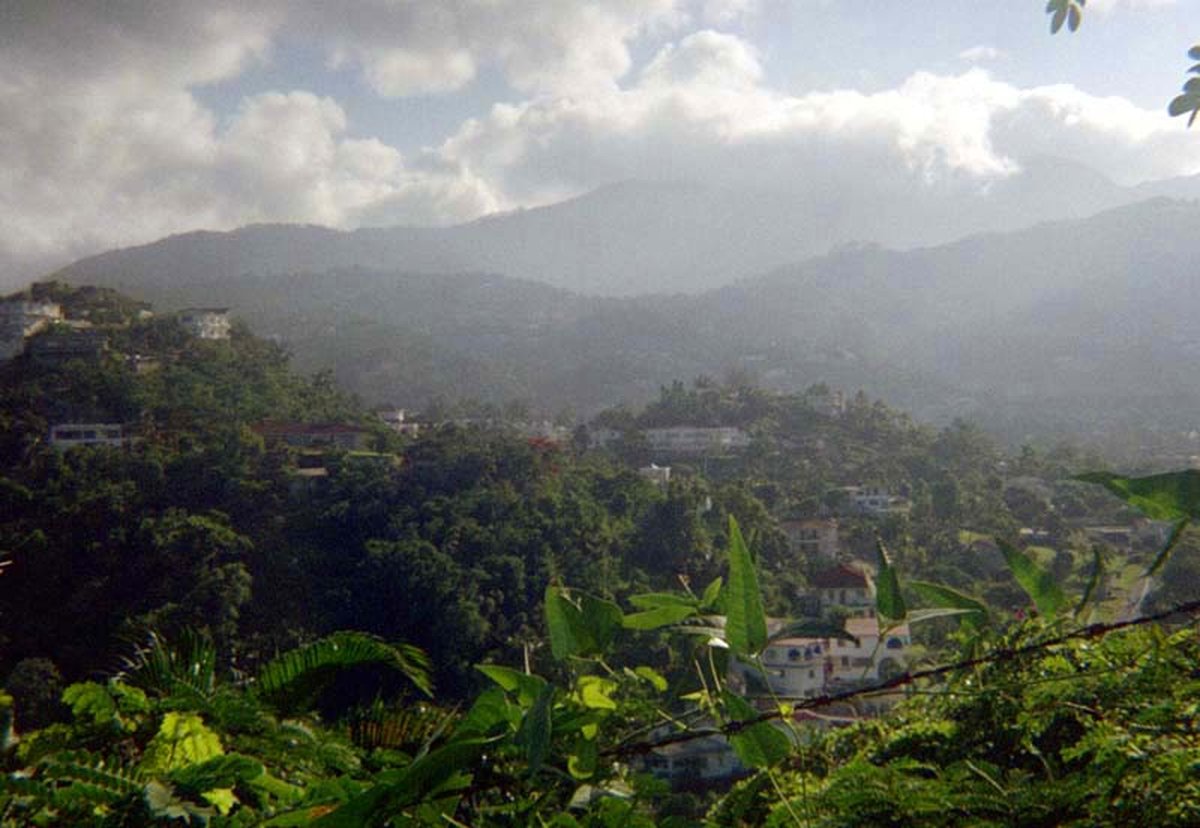🇯🇲map Jamaica [Overview]

Jamaica sits in the heart of the Caribbean just south of Cuba and west of Hispaniola. The island is one of the Greater Antilles and is divided into fourteen parishes, with Kingston serving as the capital since the late nineteenth century. Today, the country has a few million residents, most concentrated in and around urban centers like Kingston and Montego Bay. The island’s name traces back to the Indigenous Taino term often rendered as Xaymaca or Yamaye, commonly interpreted as “land of wood and water,” and it was once called Santiago by Columbus before British rule took hold.
For travelers and new arrivals, Jamaica feels both familiar and distinct: English is the official language, but life hums along to the cadence of Jamaican Creole, and social life spills outdoors—verandas, street corners, and seaside cookshops set the daily rhythm. You’ll notice how national identity weaves together African heritage, British colonial history, and strong community ties. While the beaches are famous, the mountains and mineral springs shape local life just as much. Expect a warm, direct communication style, a deep pride in music and sport, and a culture that values both hard work and lively celebration.
Economy
Jamaica’s economy leans heavily on services, with tourism, retail, and small business activity providing many day-to-day jobs. You’ll also encounter bauxite and alumina production, light manufacturing, and a mix of small-scale farming and fishing that still anchors rural livelihoods. On the table, you’ll see what people grow: yams, plantains, callaloo, and breadfruit, alongside staples like rice and salted fish, reflecting both African and European influences. The informal economy—street vending, home-based food businesses, and transport—remains a significant source of income for many families.
The island is well linked to the wider world through air routes to North America and the Caribbean and by seaborne trade, and it maintains close ties through its large diaspora communities abroad. As a member of the British Commonwealth with a parliamentary system, Jamaica works with international partners on trade, security, and development. Remittances from Jamaicans overseas play an important role in household budgets and community projects. For expatriates and digital nomads, that connectivity translates into steady international flights, reliable courier services, and a business culture accustomed to cross-border exchange.
Culture
English is the official language used in schools and government, while Jamaican Creole (often called Patois) is the everyday voice of the street, the market, and the music scene. Most Jamaicans are of African descent, with communities of mixed heritage, East Indian, Chinese, and European roots that add to the island’s cultural mosaic. The story of the land moves from Taino origins to Spanish control in the 1500s, then to British rule from 1655 until independence on 6 August 1962. That long arc shaped everything from architecture and cuisine to the enduring role of churches and community groups.
People share a love for music, sport, and gatherings—reggae and related styles carry local stories, and track-and-field stars inspire national pride. Christianity is the majority faith, expressed through a wide range of denominations, and you’ll also see Afro-Jamaican practices and the Rastafarian movement woven into cultural life. Public holidays and events bring the nation together, especially Independence Day on 6 August, when parades, concerts, and family feasts fill the calendar. At celebrations, curried goat and rice, fried fish, ground provisions, and “bush” tea often accompany the music and dancing that stretch late into the night.
Maria
Maria is a bilingual travel writer and immigration consultant originally from Mexico City, with extensive
experience living and working across Latin America. She spent her early career as a journalist covering
cross-border migration and expatriate communities throughout Central and South America. Having personally
navigated complex visa processes in multiple countries including the United States and Spain,
Maria understands firsthand the challenges faced by Latin American professionals seeking international
opportunities.
Published: 2025-09-08